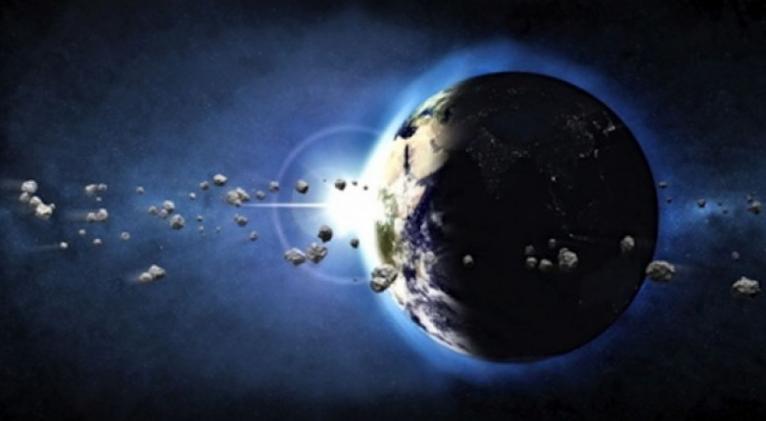250-mile wide asteroid impact zone — Earth’s largest to date — discovered in Australian outback
especiales

The study found signs of the 250-mile (400-kilometer) wide impact area deep inside the Earth’s crust, Australian National University scientists said.
A surface crater from the strike is long gone, but by drilling over a mile deep into the earth in eastern and central Australia, scientists were able to determine where the massive rock hit the Earth.
Scientists believe the meteorite broke into two halves just before it hit Earth 300 to 600 million years ago in what would have been a devastating impact.
“The two asteroids must each have been over 10 kilometers across -? it would have been curtains for many life species on the planet at the time,” said lead researcher Andrew Glikson from the university’s archaeology and anthropology department.
Analysis showed the crust had fractured under intense heat and pressure at depths of more than 12 miles, according to the findings published in the journal Tectonophysics.
Magnetic modeling of the area showed deep swells in the crust where the large strike had pulled up rock from the Earth’s iron and magnesium-rich mantle.
Over the course of 4.5 billion years, Earth’s history has been marked by periods of extreme environmental shifts due to events such as extraterrestrial impact or internal geological change.
“Large impacts like these may have had a far more significant role in the Earth’s evolution than previously thought,” Glikson said.
The impact would have sent massive clouds of ash and dust into the atmosphere, changing the planet’s temperature and possibly causing the death of different species.
There is no indication that the meteorite discovered in Australia was as devastating as the one thought to have hit the earth 66 million years ago, causing the extinction of dinosaurs and other species.
And so far, scientists have yet to connect the meteorite strike to a specific period of extinction on the planet, suggesting the area may be far older than estimated.
“It’s a mystery — we can’t find an extinction event that matches these collisions. I have a suspicion the impact could be older than 300 million years,? Glikson said.













Add new comment